Code
HCS22345
Weight
874 gm / 1.93 lbs
Size
Height
17cm (7") Width
11cm (4") Depth
45cm (18") Material
Copper Gold Plated
Availability
Available
Date Added
2021-01-07 06:39:34
Note : We used to sell this product 4 years ago so it may no longer be in our stock.
It is possible that we still have it with our suppliers but the price could be different from before.
Feel free to order. We will verify availability and inform you promptly.
It is possible that we still have it with our suppliers but the price could be different from before.
Feel free to order. We will verify availability and inform you promptly.

Safe Payment
We accept Paypal, Money Transfer, Bank Transfer
Confidence
Protection covers your purchase and personal data.
Worldwide Delivery
We ship Worldwide, except Russia.Shipping cost US$25.2 for upto 0.5 kgs

Hotline
Talk to help line for your question on 9841267335Gold Painted Face
The face of Handmade Nepali Statue Of Nairatma Yogini - Torma Nagmo, [full Gold Plated, Face Painted] is painted with gold to enhance its significant features, particularly the eyes, and lips. This detailed painting is essential as it brings forth the crucial attributes of the expression of eyes and lips that metal carving alone cannot capture.
Moreover, the painted face serves as a symbolic and sacred ritual in Buddhism, preparing the statue for consecration and practice. The act of painting the face with gold in Buddhism holds deep meaning. It represents the intention to bring life and expression to the statue, imbuing it with a sense of vitality and presence. The application of gold on the face showcases the devotion and craftsmanship of the artisans, ensuring that every detail is carefully attended to honor the sacred essence of the Handmade Nepali Statue Of Nairatma Yogini - Torma Nagmo, [full Gold Plated, Face Painted]. Read More . . .
The face of Handmade Nepali Statue Of Nairatma Yogini - Torma Nagmo, [full Gold Plated, Face Painted] is painted with gold to enhance its significant features, particularly the eyes, and lips. This detailed painting is essential as it brings forth the crucial attributes of the expression of eyes and lips that metal carving alone cannot capture.
Moreover, the painted face serves as a symbolic and sacred ritual in Buddhism, preparing the statue for consecration and practice. The act of painting the face with gold in Buddhism holds deep meaning. It represents the intention to bring life and expression to the statue, imbuing it with a sense of vitality and presence. The application of gold on the face showcases the devotion and craftsmanship of the artisans, ensuring that every detail is carefully attended to honor the sacred essence of the Handmade Nepali Statue Of Nairatma Yogini - Torma Nagmo, [full Gold Plated, Face Painted]. Read More . . .
Full Fire Gold Plating
This Handmade Nepali Statue Of Nairatma Yogini - Torma Nagmo, [full Gold Plated, Face Painted] is finished with full gold plating. also known as mercury gold plating or fire gold plating. This traditional technique involves the application of a genuine layer of gold onto the Handmade Nepali Statue Of Nairatma Yogini - Torma Nagmo, [full Gold Plated, Face Painted]. Referred to as mercury gold plating, it is considered the correct and authentic form of gold plating in Nepal. Despite being more expensive than electroplating, this traditional mercury gold plating is gaining popularity again in Nepal. People are drawn to its authenticity, longevity, and the unmatched beauty it brings to the Handmade Nepali Statue Of Nairatma Yogini - Torma Nagmo, [full Gold Plated, Face Painted]. The resurgence of interest in this traditional form of gold plating reflects a growing appreciation for the craftsmanship and cultural heritage of Nepal Read More . . .
This Handmade Nepali Statue Of Nairatma Yogini - Torma Nagmo, [full Gold Plated, Face Painted] is finished with full gold plating. also known as mercury gold plating or fire gold plating. This traditional technique involves the application of a genuine layer of gold onto the Handmade Nepali Statue Of Nairatma Yogini - Torma Nagmo, [full Gold Plated, Face Painted]. Referred to as mercury gold plating, it is considered the correct and authentic form of gold plating in Nepal. Despite being more expensive than electroplating, this traditional mercury gold plating is gaining popularity again in Nepal. People are drawn to its authenticity, longevity, and the unmatched beauty it brings to the Handmade Nepali Statue Of Nairatma Yogini - Torma Nagmo, [full Gold Plated, Face Painted]. The resurgence of interest in this traditional form of gold plating reflects a growing appreciation for the craftsmanship and cultural heritage of Nepal Read More . . .
Lost-Wax System
This Vajrayogini of Handmade Nepali Statue Of Nairatma Yogini - Torma Nagmo, [full Gold Plated, Face Painted] is made by the process of the Lost Wax system. This is a very complicated, time consuming and historic process of making metal sculptures.Which is why it is sometimes called Precision Casting as well. Hence the sculptures made by this process are comparatively expensive. There are many new, advanced and less time consuming methods of casting metal sculptures available as well. But due to the benefits provided by the traditional lost wax system in quality control and customization, we prefer the Loss wax system over Ceramic molding, or sand casting to make our Vajrayogini.
Below we have tried to illustrate the process of making a loss wax system statue: Read More . . .
This Vajrayogini of Handmade Nepali Statue Of Nairatma Yogini - Torma Nagmo, [full Gold Plated, Face Painted] is made by the process of the Lost Wax system. This is a very complicated, time consuming and historic process of making metal sculptures.Which is why it is sometimes called Precision Casting as well. Hence the sculptures made by this process are comparatively expensive. There are many new, advanced and less time consuming methods of casting metal sculptures available as well. But due to the benefits provided by the traditional lost wax system in quality control and customization, we prefer the Loss wax system over Ceramic molding, or sand casting to make our Vajrayogini.
Below we have tried to illustrate the process of making a loss wax system statue: Read More . . .
Brief Introduction :
Nairatmya Yogini is a female Buddha in Tibetan Buddhism, the consort of Hevajra in the Hevajra-tantra. She is also known as Dagmema, which means "ego-less woman." Nairatmya is a powerful symbol of non-duality and emptiness, and she is often depicted with three eyes, bared fangs, and a crown of skulls.
Iconography
Nairatmya is typically depicted as a black-skinned figure with one face and two hands. She is often seated in a lotus position, with her right hand holding aloft a curved knife and her left hand holding a skullcup to her heart. She may also be depicted with a katvanga (a ritual staff) in the bend of her elbow. Nairatmya's three eyes represent her ability to see the past, present, and future, and her bared fangs represent her fierce determination to overcome ignorance and delusion. The crown of skulls represents the death of the ego, and the skullcup represents the nectar of wisdom.
History
The cult of Nairatmya originated in India, where she was first worshipped as a yogini. She was later introduced to Tibet, where she became one of the most important deities in the Buddhist pantheon. Nairatmya is often seen as a patron deity of tantric practitioners, and she is frequently depicted in mandalas and thangkas.
Temples and Monasteries
There are no temples dedicated specifically to Nairatmya in Nepal, but she is often worshipped in temples dedicated to other deities, such as Hevajra and Vajrayogini. There are also a number of monasteries in Nepal where Nairatmya is worshipped, such as the Sakya Monastery in Kathmandu and the Gyume Tantric Monastery in Dolpo.
Benefits of Practicing Nairatmya
There are many benefits to practicing Nairatmya, including:
Increased non-dual awareness
Reduced attachment to the ego
Increased compassion for others
Improved mental clarity
Increased peace and happiness
How to Practice Nairatmya
There are many different ways to practice Nairatmya. Some common practices include:
Chanting the mantra "Om Nairatmya Hum"
Visualizing Nairatmya
Offering prayers and supplications to Nairatmya
Serving others in the spirit of Nairatmya
Mantras of Nairatmya
The most famous mantra of Nairatmya is "Om Nairatmya Hum." This mantra is said to have many benefits, including:
Removing obstacles
Accumulating merit
Achieving enlightenment
Conclusion
Nairatmya Yogini is a powerful and compassionate deity who can help us to develop our own non-dual awareness and compassion. By practicing Nairatmya, we can bring more peace and happiness into our own lives and into the world.
Nairatmya is typically depicted as a black-skinned figure with one face and two hands. She is often seated in a lotus position, with her right hand holding aloft a curved knife and her left hand holding a skullcup to her heart. She may also be depicted with a katvanga (a ritual staff) in the bend of her elbow. Nairatmya's three eyes represent her ability to see the past, present, and future, and her bared fangs represent her fierce determination to overcome ignorance and delusion. The crown of skulls represents the death of the ego, and the skullcup represents the nectar of wisdom.
History
The cult of Nairatmya originated in India, where she was first worshipped as a yogini. She was later introduced to Tibet, where she became one of the most important deities in the Buddhist pantheon. Nairatmya is often seen as a patron deity of tantric practitioners, and she is frequently depicted in mandalas and thangkas.
Temples and Monasteries
There are no temples dedicated specifically to Nairatmya in Nepal, but she is often worshipped in temples dedicated to other deities, such as Hevajra and Vajrayogini. There are also a number of monasteries in Nepal where Nairatmya is worshipped, such as the Sakya Monastery in Kathmandu and the Gyume Tantric Monastery in Dolpo.
Benefits of Practicing Nairatmya
There are many benefits to practicing Nairatmya, including:
Increased non-dual awareness
Reduced attachment to the ego
Increased compassion for others
Improved mental clarity
Increased peace and happiness
How to Practice Nairatmya
There are many different ways to practice Nairatmya. Some common practices include:
Chanting the mantra "Om Nairatmya Hum"
Visualizing Nairatmya
Offering prayers and supplications to Nairatmya
Serving others in the spirit of Nairatmya
Mantras of Nairatmya
The most famous mantra of Nairatmya is "Om Nairatmya Hum." This mantra is said to have many benefits, including:
Removing obstacles
Accumulating merit
Achieving enlightenment
Conclusion
Nairatmya Yogini is a powerful and compassionate deity who can help us to develop our own non-dual awareness and compassion. By practicing Nairatmya, we can bring more peace and happiness into our own lives and into the world.


![Handmade Nepali Statue Of Nairatma Yogini - Torma Nagmo, [full Gold Plated, Face Painted]](https://handicraftseller.com/uploads/pics/product/thumb/2021/01/22345.jpg)
![Handmade Nepali Statue Of Nairatma Yogini - Torma Nagmo, [full Gold Plated, Face Painted]](https://handicraftseller.com/uploads/pics/product/thumb/2021/01/22345_0.jpg)
![Handmade Nepali Statue Of Nairatma Yogini - Torma Nagmo, [full Gold Plated, Face Painted]](https://handicraftseller.com/uploads/pics/product/thumb/2021/01/22345_1.jpg)
![Handmade Nepali Statue Of Nairatma Yogini - Torma Nagmo, [full Gold Plated, Face Painted]](https://handicraftseller.com/uploads/pics/product/thumb/2021/01/22345_2.jpg)
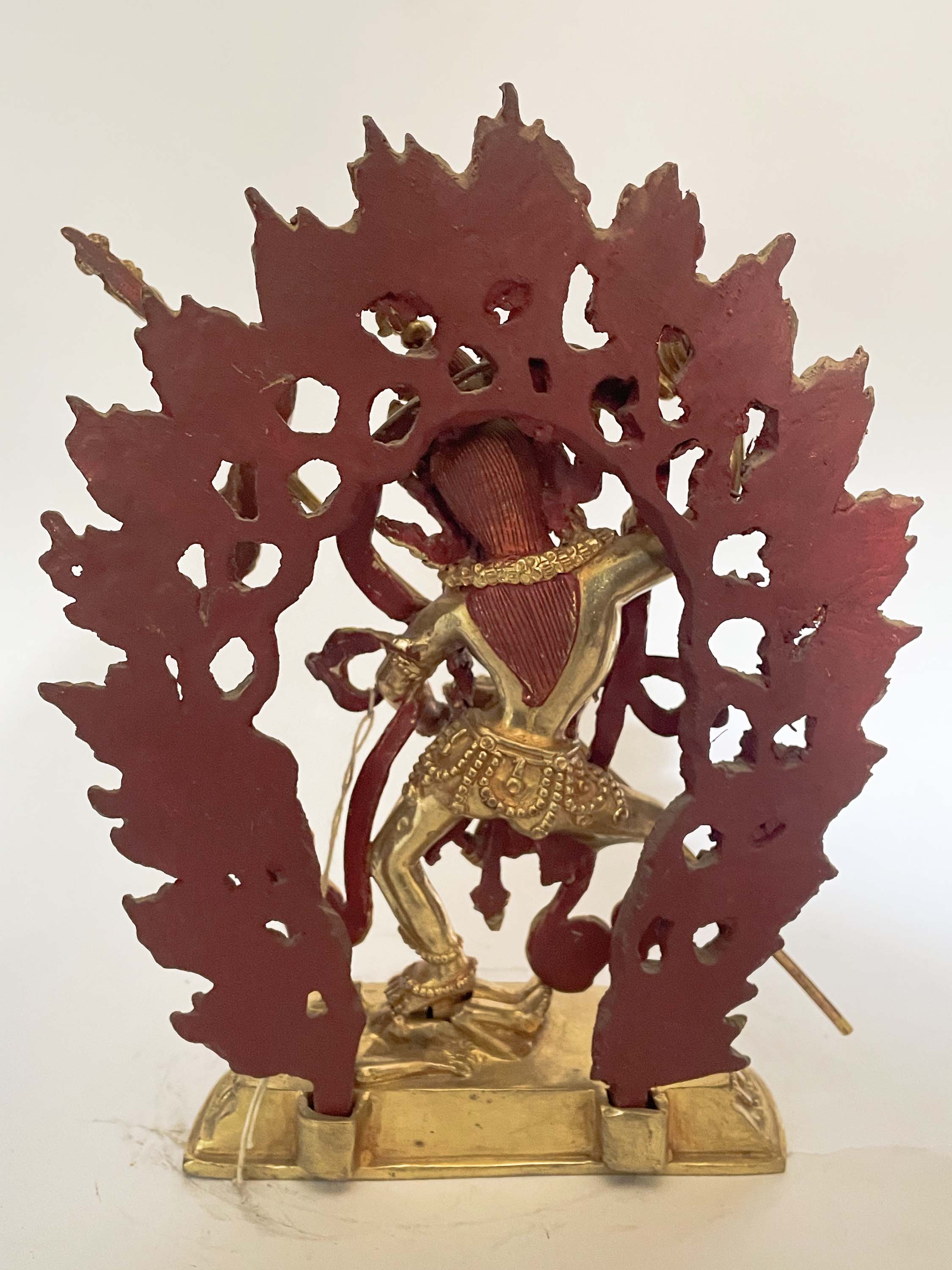

























































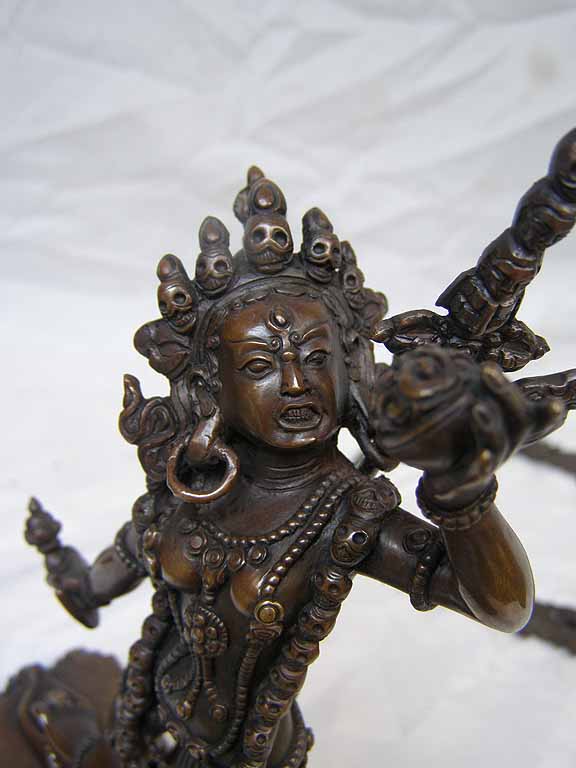 Chocolate Oxidized,
Chocolate Oxidized, 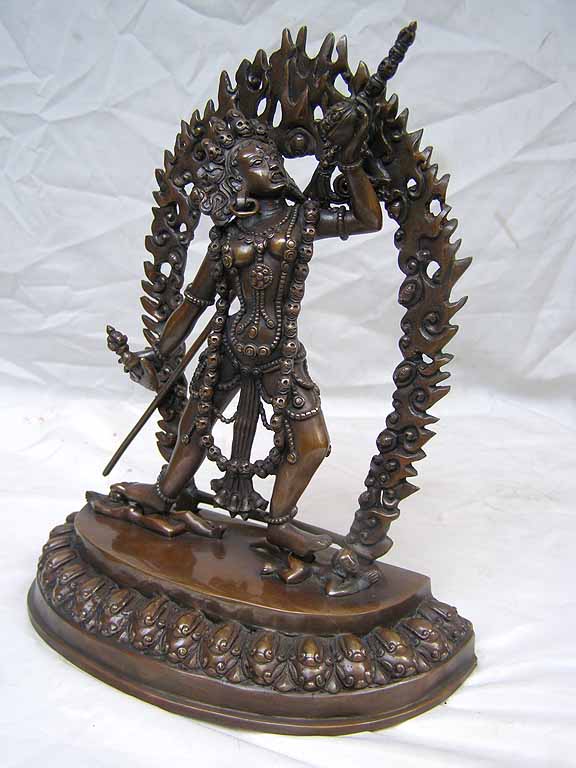 Chocolate Oxidized,
Chocolate Oxidized, 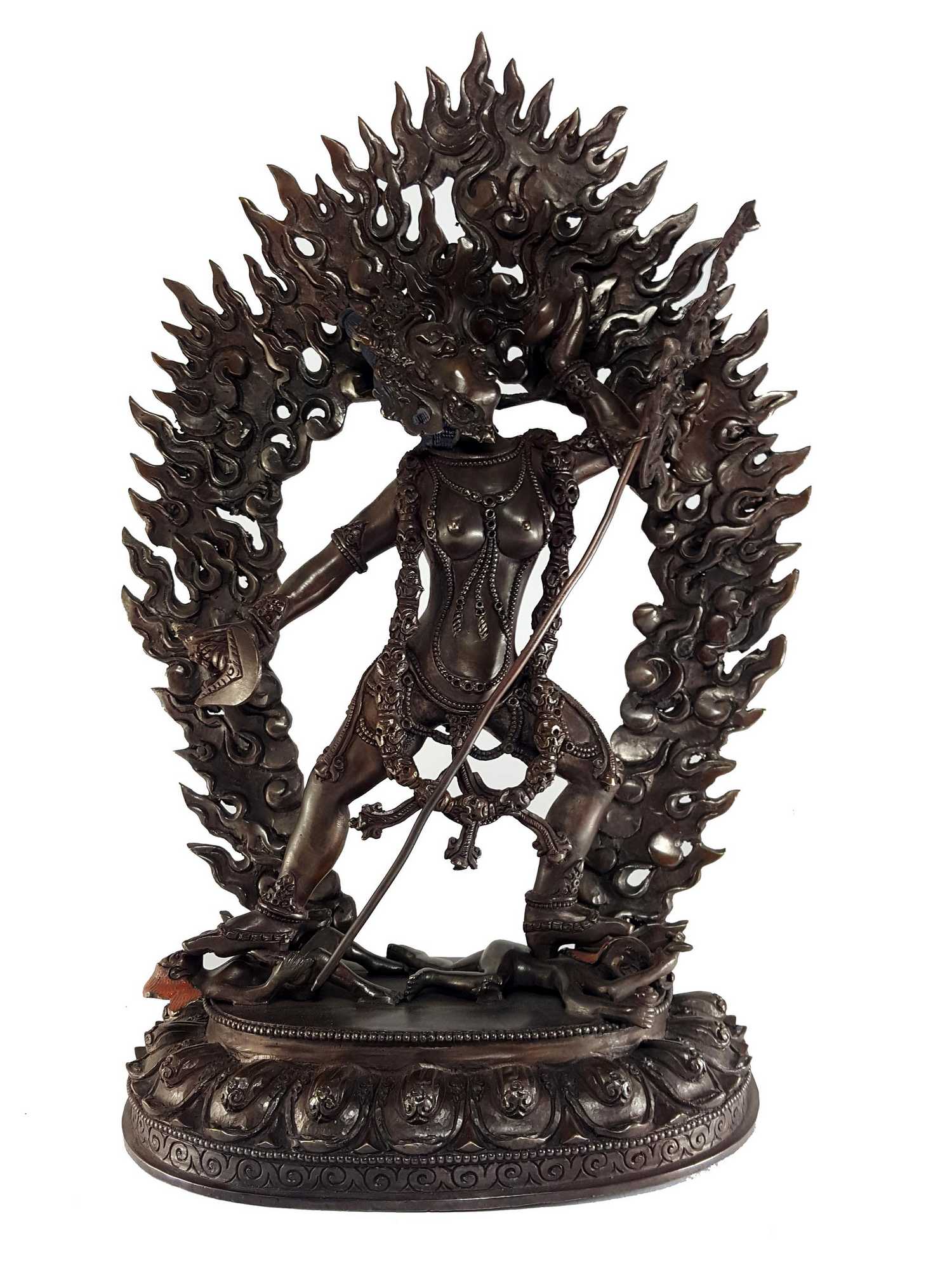 of Vajrayogini
of Vajrayogini 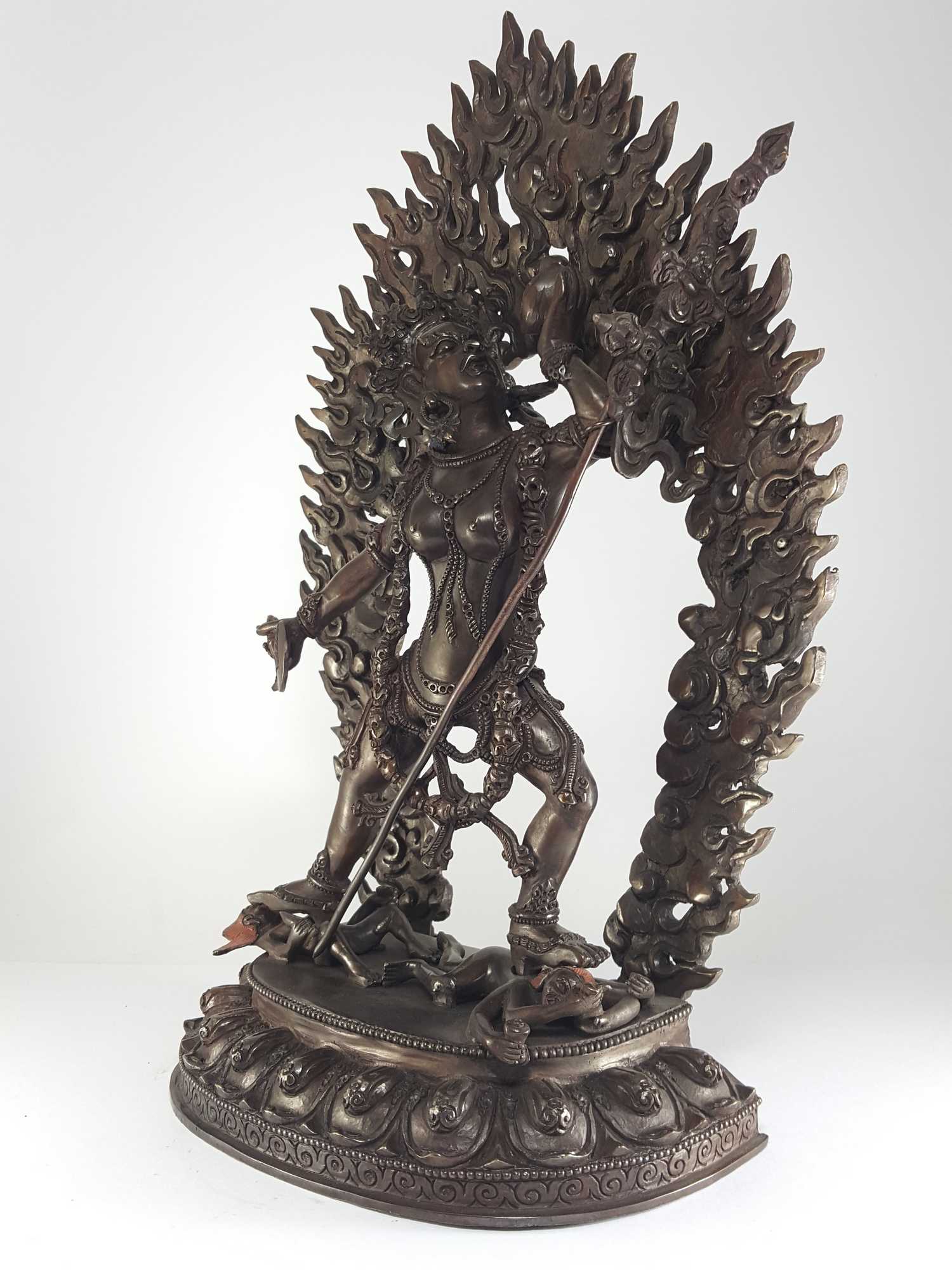 of Vajrayogini
of Vajrayogini 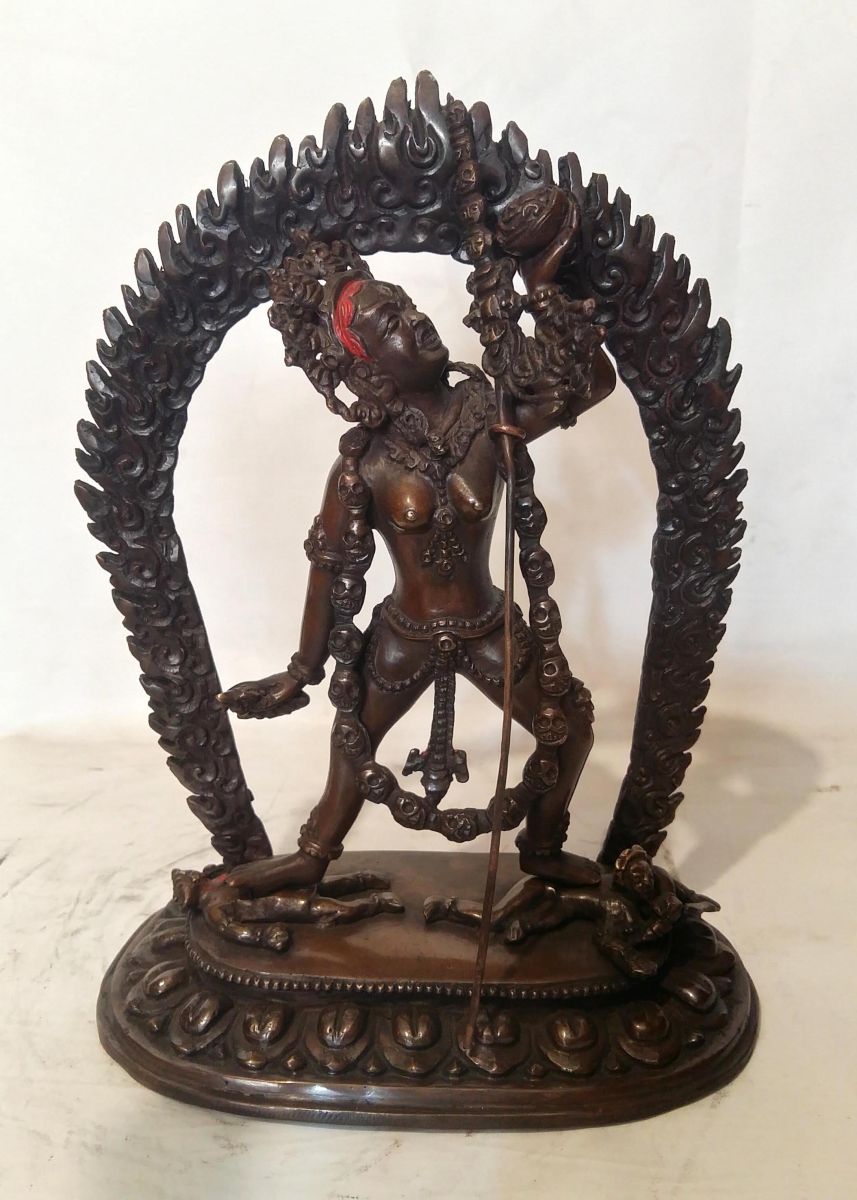 Old Post,
Old Post, 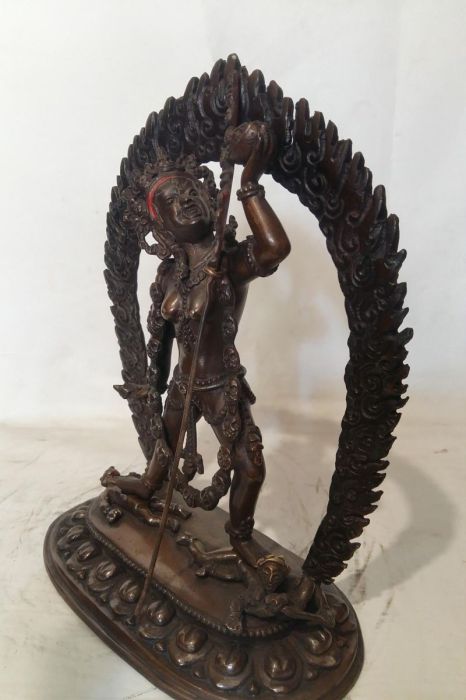 Old Post,
Old Post,  Old Post,
Old Post, 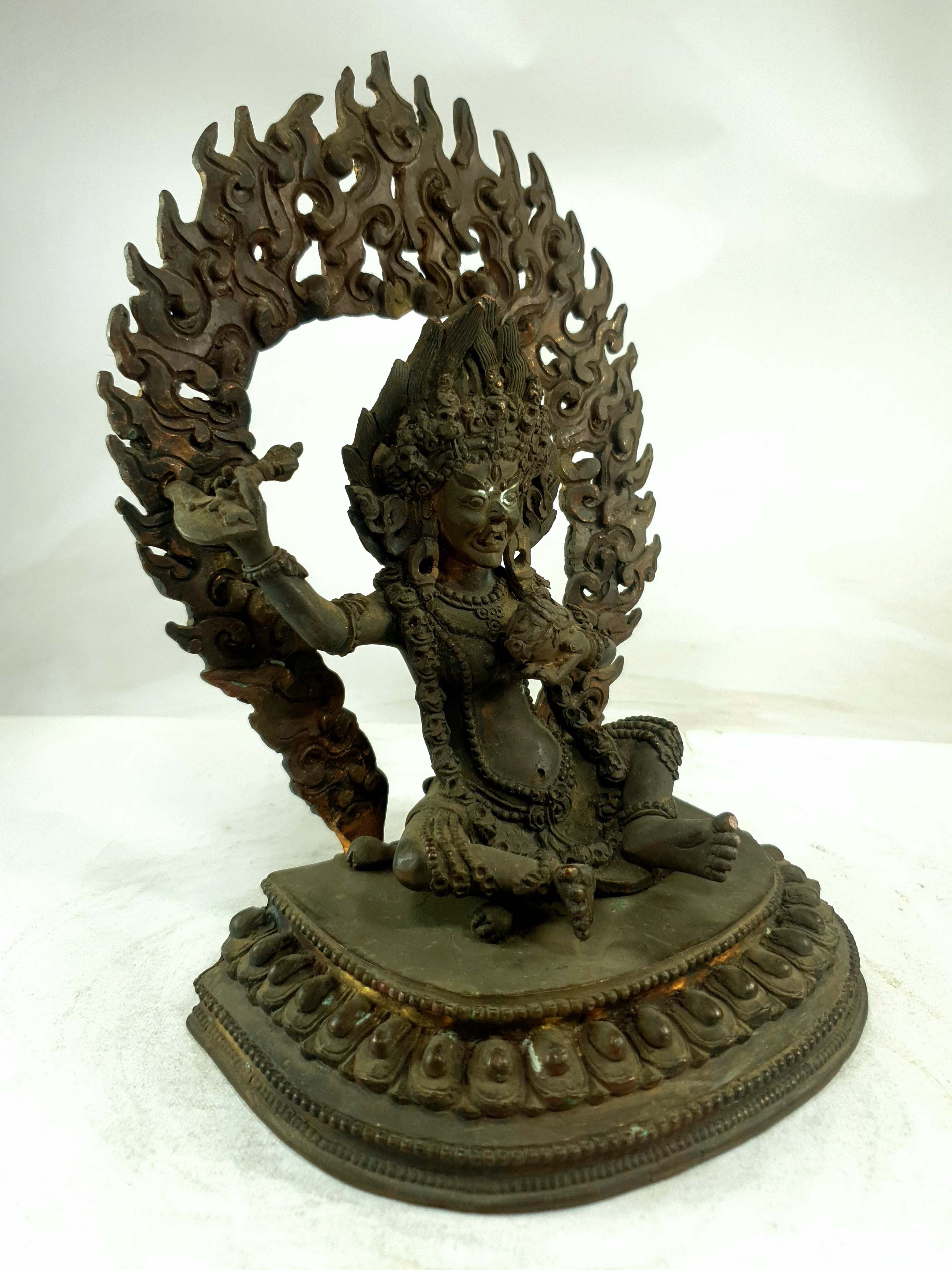 of Vajrayogini,
of Vajrayogini, 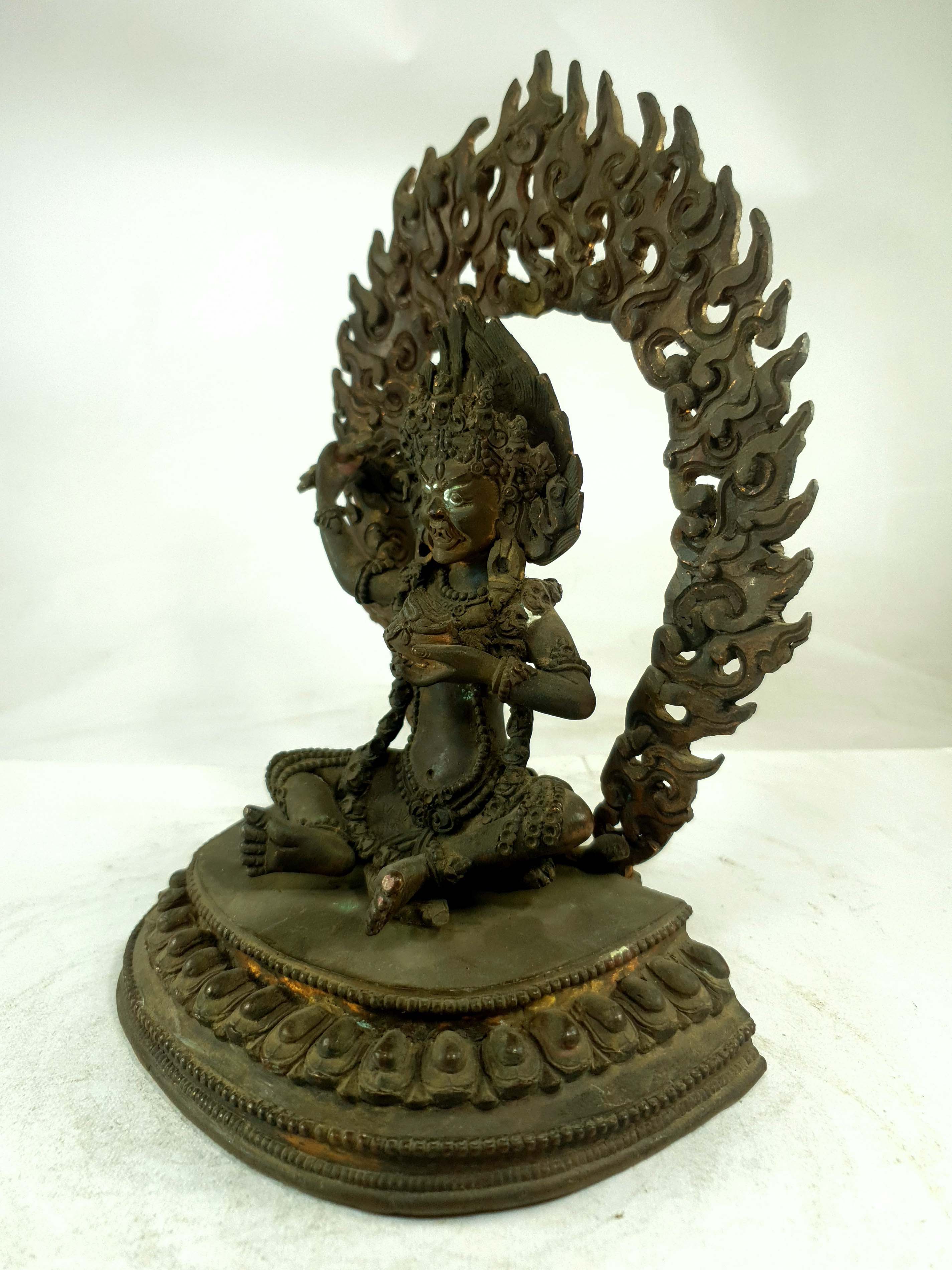 of Vajrayogini,
of Vajrayogini, 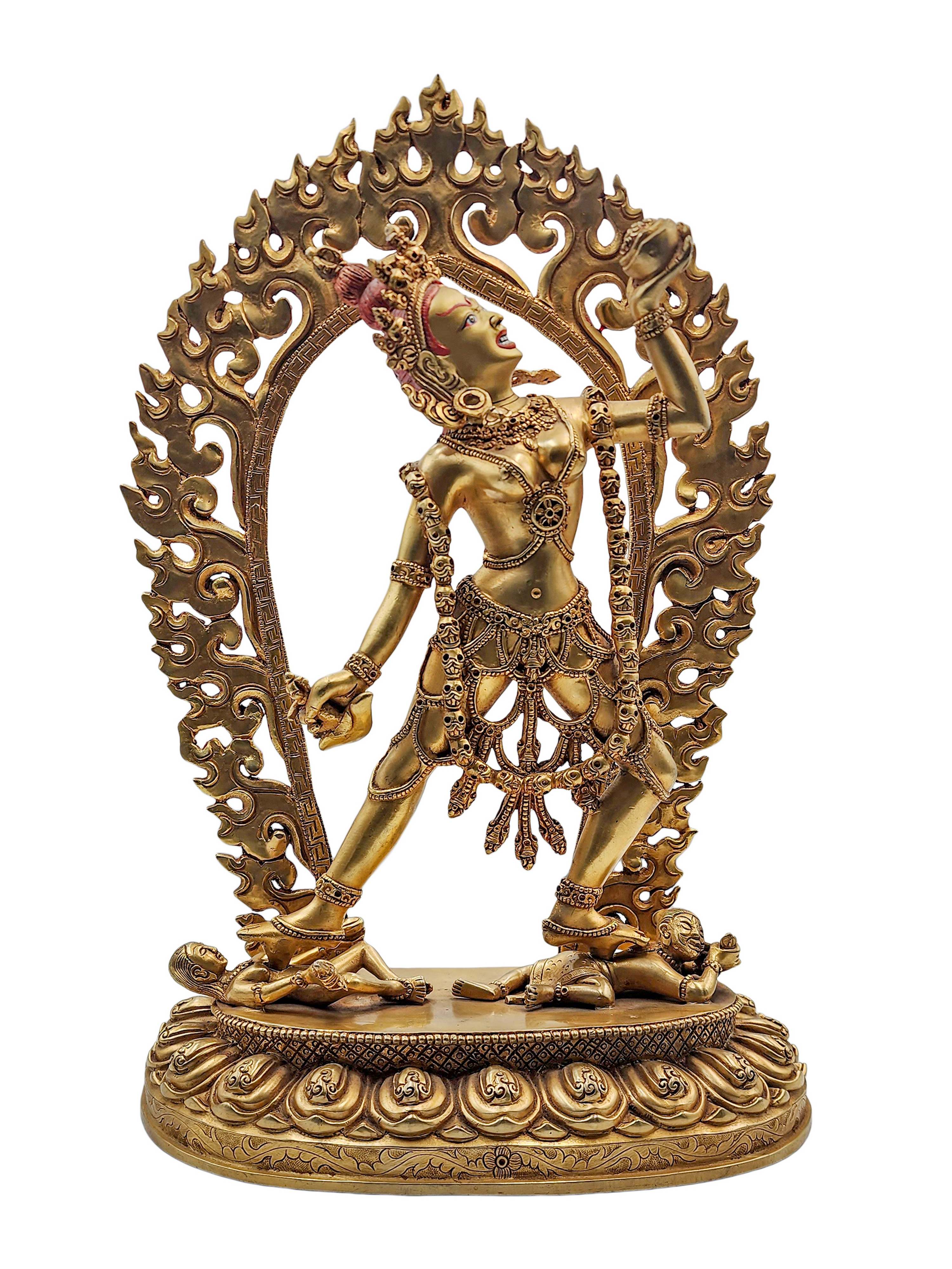 Vajrayogini, Buddhist Handmade Statue,
Vajrayogini, Buddhist Handmade Statue, 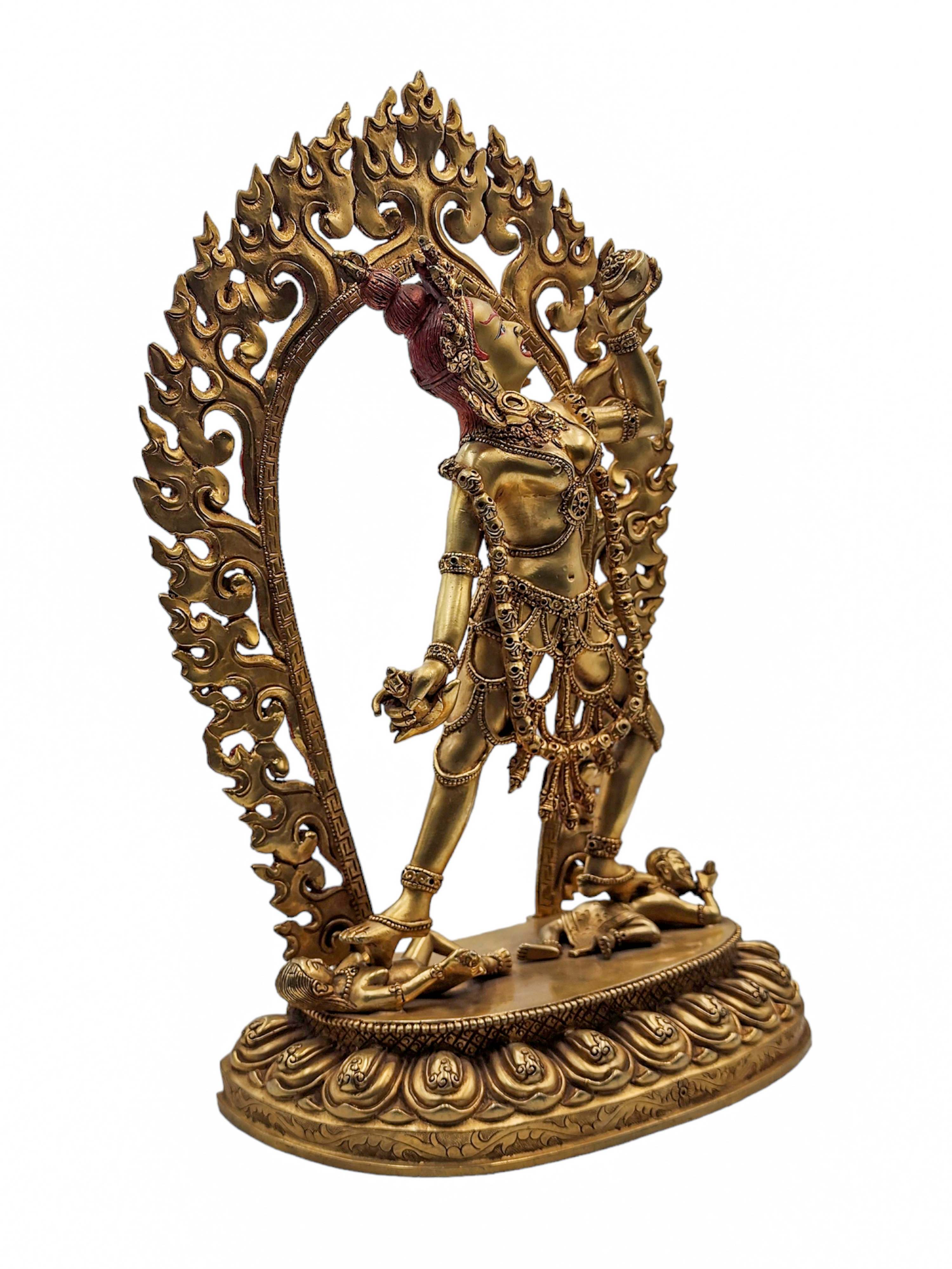 Vajrayogini, Buddhist Handmade Statue,
Vajrayogini, Buddhist Handmade Statue, 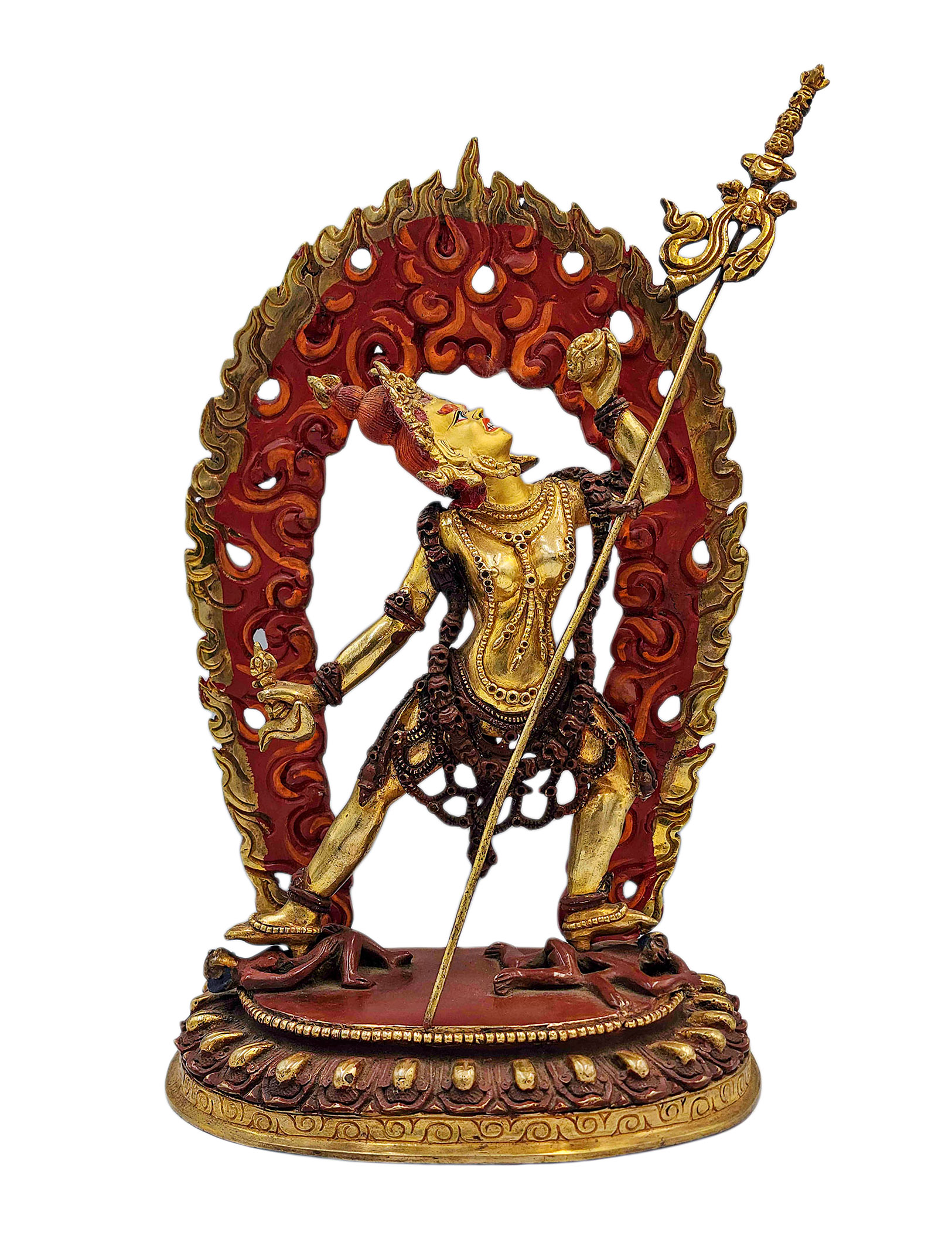 Vajrayogini, Buddhist Handmade Statue,
Vajrayogini, Buddhist Handmade Statue,  Vajrayogini, Buddhist Handmade Statue,
Vajrayogini, Buddhist Handmade Statue, 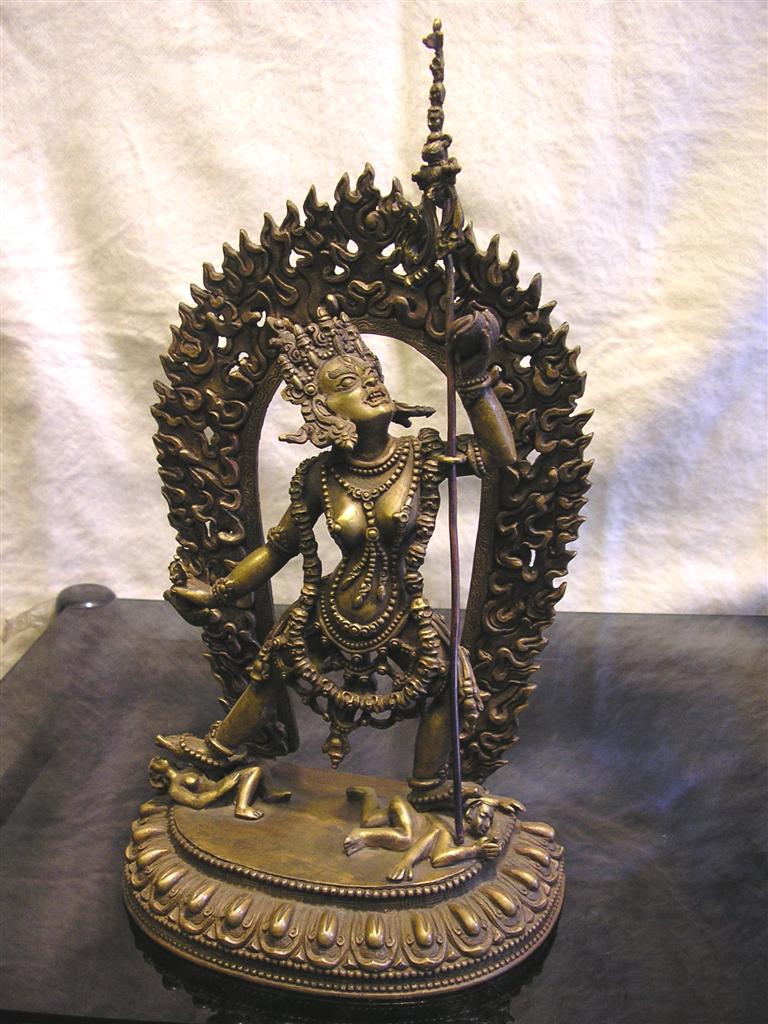 Old Post,
Old Post,  Vajrayogini, Buddhist Handmade Statue,
Vajrayogini, Buddhist Handmade Statue, 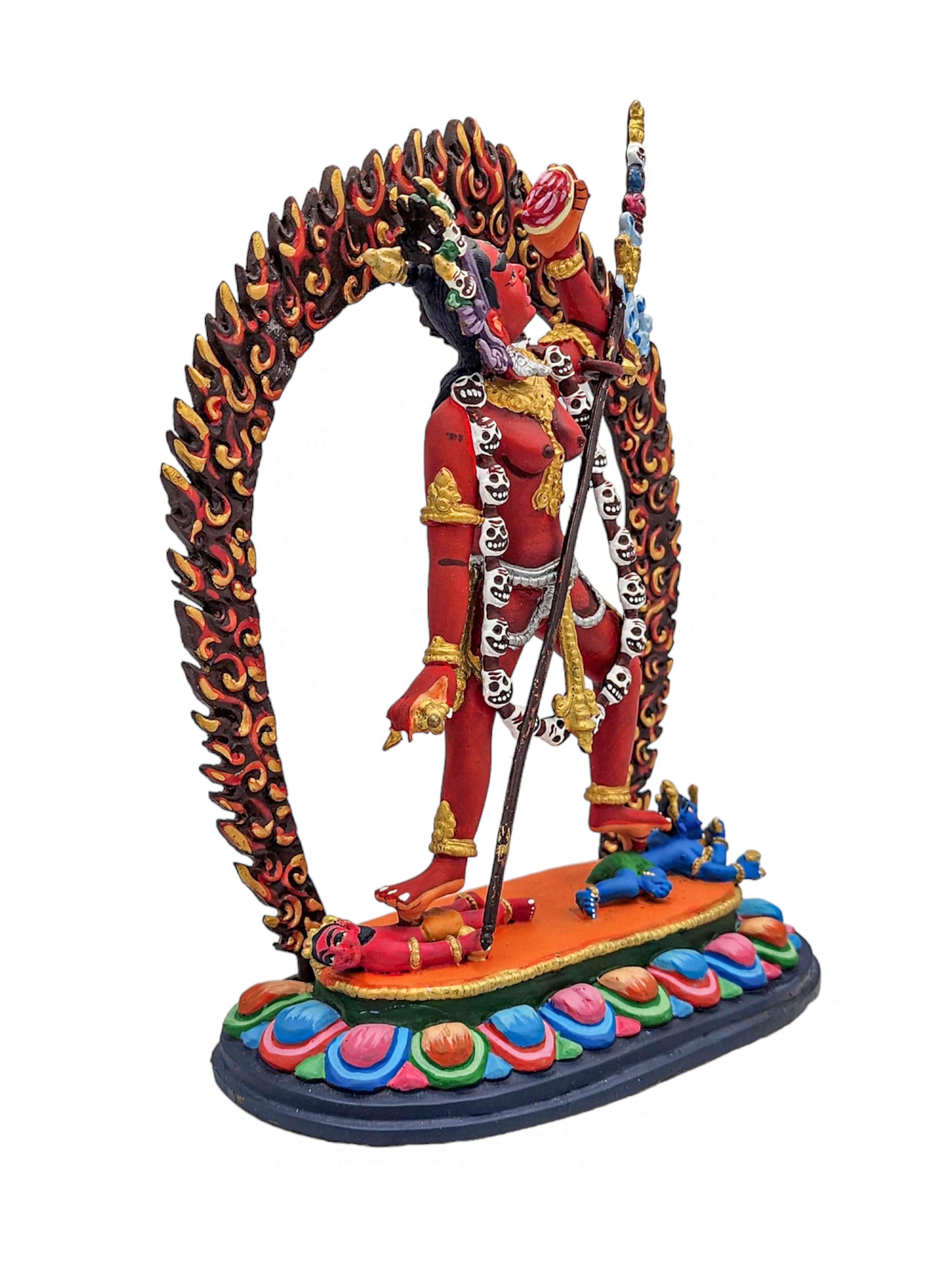 Vajrayogini, Buddhist Handmade Statue,
Vajrayogini, Buddhist Handmade Statue, 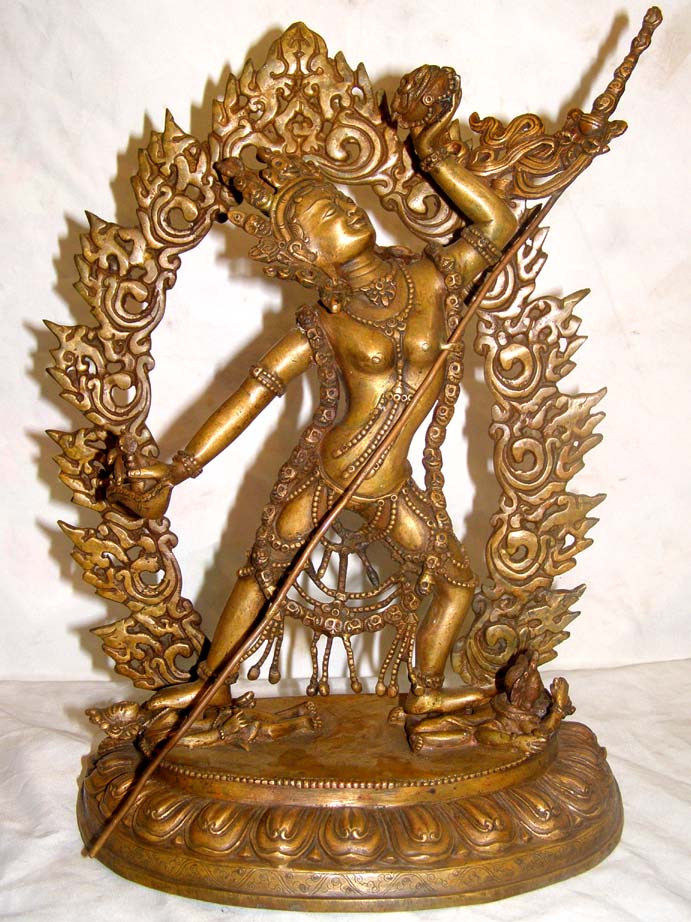 Old Post,
Old Post, 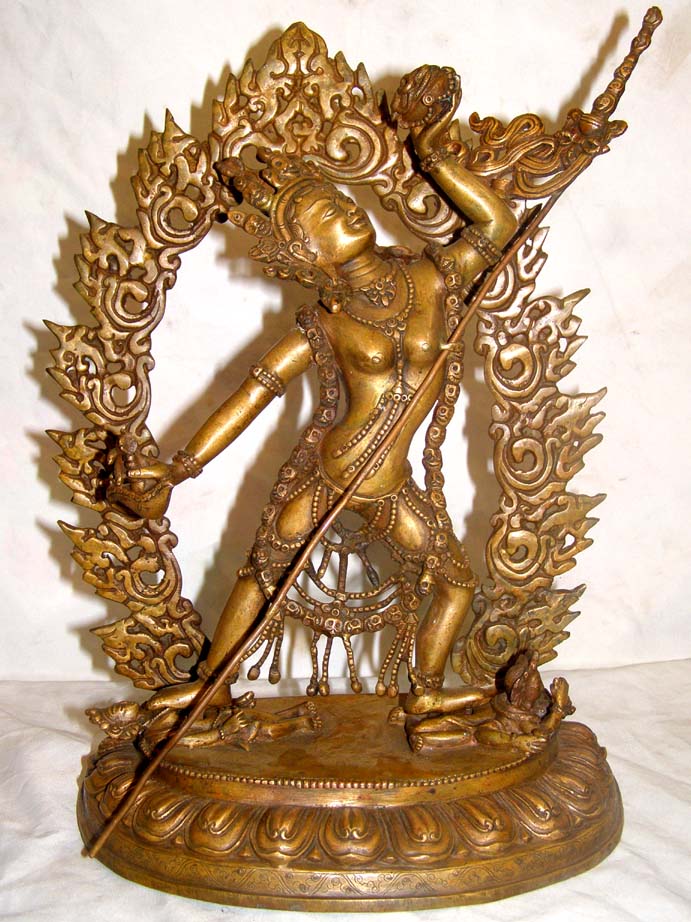 Old Post,
Old Post,